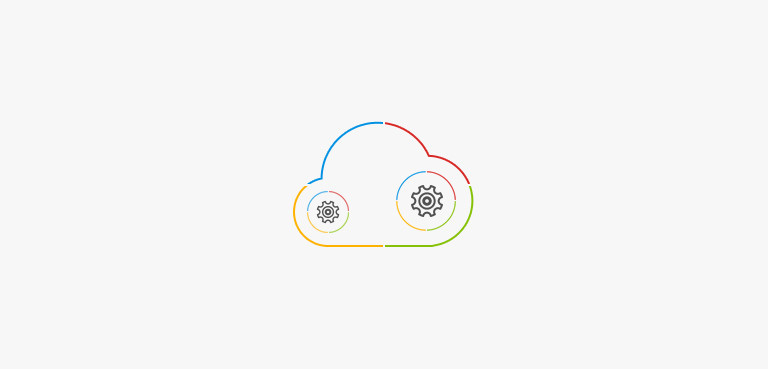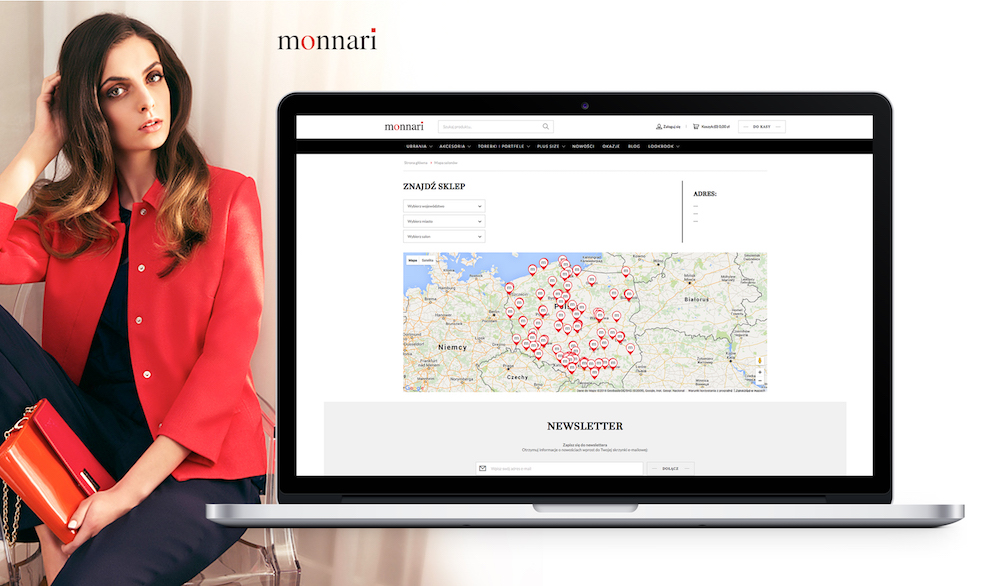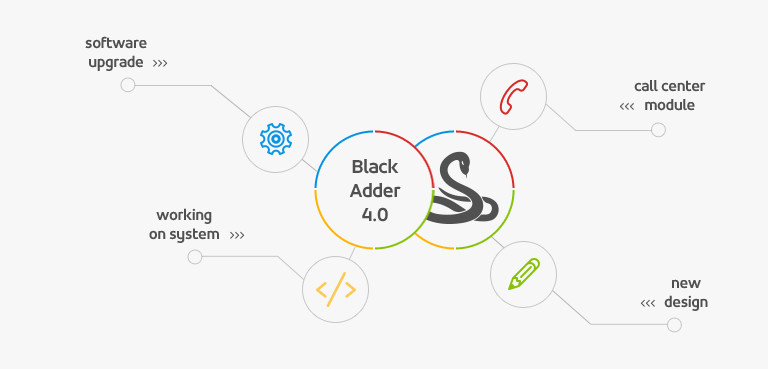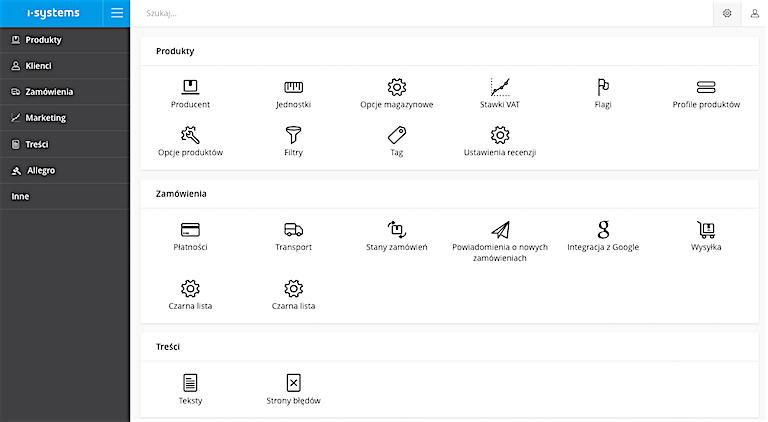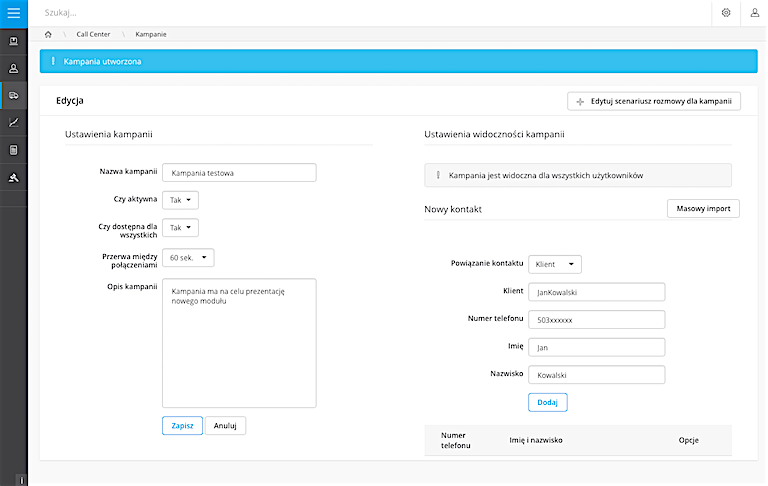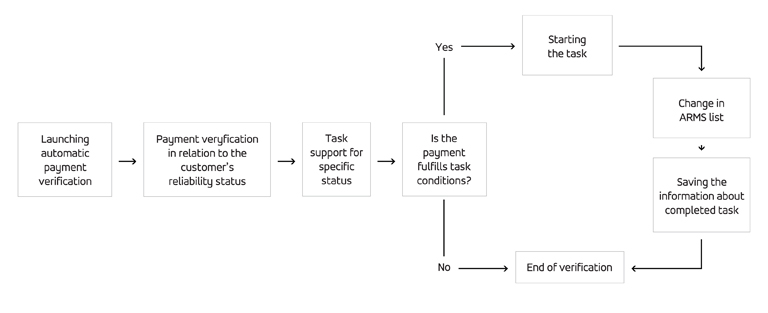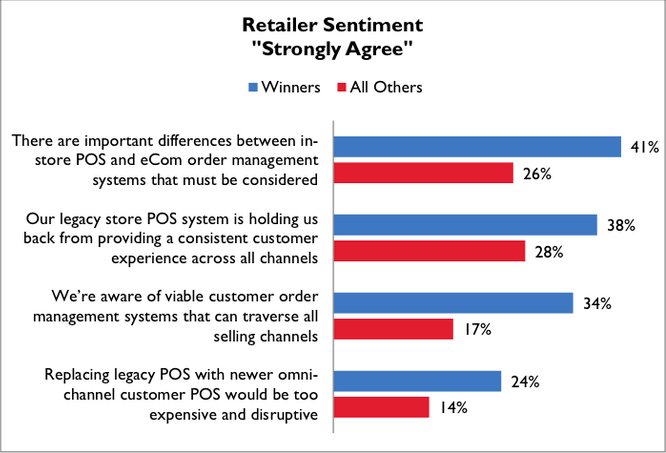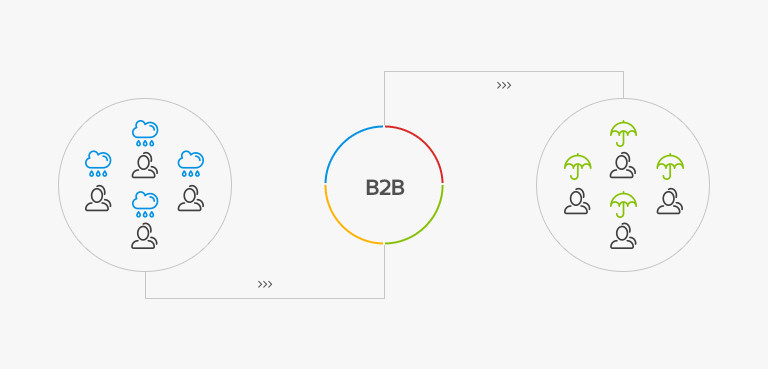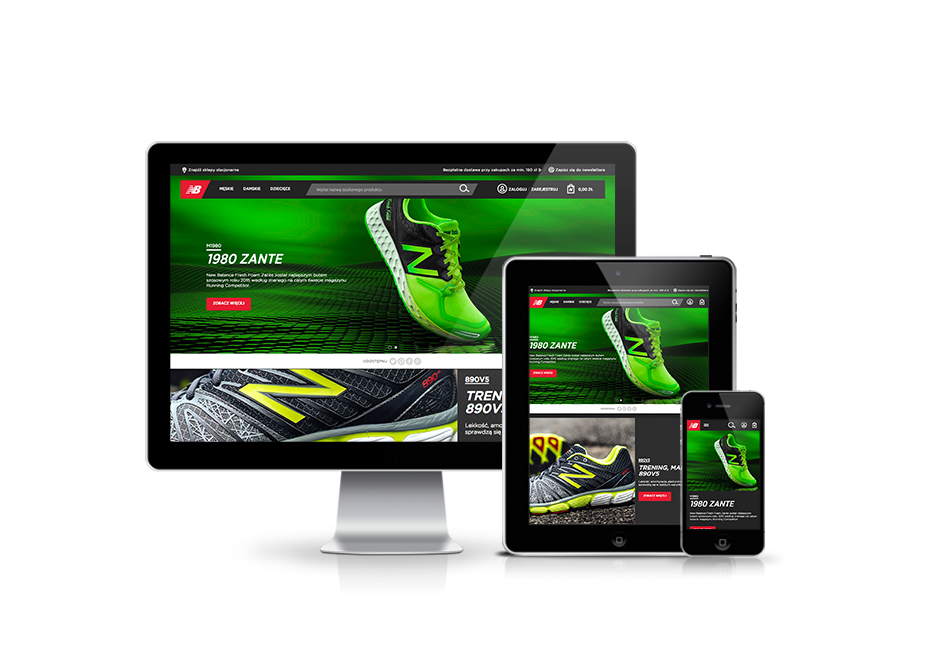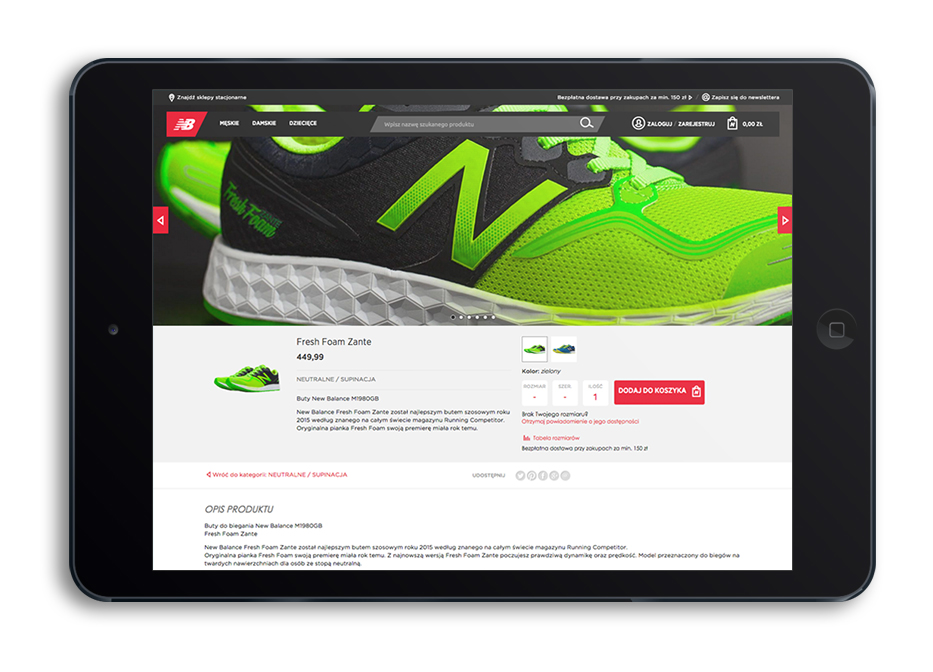Servers are one of the most crucial parts of the eCommerce system. Therefore, we decided to crate our own, fully adjusted to the demands of e-market, cloud hosting infrastructure. We present the nine technological advantages of i-systems solutions.
Administration
Dedicated servers or vps/cloud suppliers make clean servers available for their customers. The customer gets a password, IP address and other necessary information needed to administrate. Next, user has to configure, secure and optimize servers. Configuring the scalable environment for the store itself needs 5-10 virtual servers (load balancers, application servers, empty servers, servers’ replications, cache servers, etc.). Except for configuration the servers needs to be optimized, which is not a one-time task, contrary to popular belief. At i-systems, all the works connected with server administration are conducted by a team.
Incremental backup
One of the most important resources of eCommerce system is data. Keeping backups of all data, even after a few months, is connected with a necessity to have enormous disc resources. Therefore, i-systems team created own solution: incremental backup. It allows to recover data state, even a few months back, without a necessity to have all the disc resources. It is possible because the only thing that is saved on backup are the differences in files since the last backup. There is always a catalog with an exact copy of a backup system. If it is necessary, the differences are applied to the last version of the system and thus we recover all data.
Vertical scalability
Vertical scalability of servers is increasing a number of processors and RAM in virtual server. Such actions are a natural development of infrastructure. That gives us a rapid possibility to increase the number of users the web can handle. However, this kind of scalability has a certain limit. At some point, the addition of resources is not possible (there is no physical possibility to add another disc or memory), or it is not effective anymore (system reached its maximum efficiency). When vertical scalability is no longer an option, the only option is horizontal scalability.
Horizontal scalability
Horizontal scalability of servers is increasing an infrastructure by physically adding another servers and to split particular tasks between them. The task assigned to the particular server is not visible for the users in any way. This kind of scalability and tasks’ division allows multiple increase in number of users the web can handle. Horizontal scalability is limited only by apps capabilities and the knowledge of admins.
Service monitoring
On every server, no matter who is the supplier, a range of functionalities is installed. From those indispensable, as www servers, cache, data bases, to dedicated services. In the context of hosting services it is very often that the only thing that is monitored is computer operation. What is excluded from the monitoring is the operation of each functionality separately. In case of i-systems cloud solution all the functionalities of the server are being monitored and its operation is checked every 5 minutes. This monitoring also checks CPU load and the amount of available disc space. Network admins are on duty 24/7 and in case of any problem they are additionally alerted via email or text message.
Service-level agreement
Thanks to the own solutions we guarantee that all the server’s functionalities will work. Hosting suppliers ensures only the availability of the machine. When the functionality of www server stops working, which means that the webpage is not working, it is not a problem of the hosting company. It can cause a situation, where hosting company fulfills the agreement (the hardware physically is working indeed), however it is not responsible for the failure of one single functionality. SLA for us is a responsibility for servers operation as well as the functionalities installed on them.
Adjustment to the system
i-systems cloud is build on the basis of many years of experience in maintaining customer’s systems from different suppliers, in different configurations and different servers. Currently, all the hardware infrastructure, network, as well as server software is optimized to fit i-systems software apps. Thanks to this, servers are free from panels which slow them down (they are managed by script) and they are created optimally to the eCommerce actions. Own solutions and adjustment to the eCommerce, since the beginning makes the system work 40% faster than in commonly used Linux in the same hardware configuration.
Redundancy
Single Point of Failure (SPoF) is a threat to the servers. It is a part of the infrastructure, which failure is a cause of the whole system paralysis. This is why in i-system cloud solution every machine has among others: two CPUs, two independent power supply units, disc matrix, double power source, emergency power supply (UPS and generators), links from multiple operators, and double network devices. Thanks to this, a failure of one element has no impact on servers and their services operation.
High Availability
High Availability systems can be characterized by high reliability. Implementing HA system consist in connecting cloud hosting with system’s capabilities. While creating HA solution, it is assumed that, despite the best hardware, every element of infrastructure can fail and the system still has to work. The i-systems software may work in HA/cluster mode. Hardware working on i-systems cloud is based in two independent server rooms, 13 km away from each other. Such distance allows live replication of all data and automatic failure repair of even all data center.
 Polski
Polski  Deutsch
Deutsch 
